Post-Golf Recovery Strategies to Reduce Muscle Soreness
Golf may seem like a low-impact sport, but after several hours of swinging, walking, and maintaining posture, your body can feel the strain. Muscle soreness is common, especially in the shoulders, lower back, hips, and forearms. However, with the right post-golf recovery strategies, you can reduce soreness, speed up recovery, and maintain peak performance.
Why Recovery Matters for Golfers
Proper recovery is not just for avoiding soreness—it directly impacts your performance in your next game. When your muscles recover effectively, they become stronger and more resilient. Poor recovery, on the other hand, can lead to tightness, reduced range of motion, and even injury.
Golf places unique demands on your body, including rotational power, core stability, and grip strength. These muscles need to recover to maintain your swing mechanics and prevent overuse injuries.
Effective Post-Golf Recovery Strategies
1. Dynamic Cool-Down Routine
Finishing your game with a dynamic cool-down helps your muscles gradually return to their resting state. This can prevent muscle stiffness and improve circulation.
Gentle Arm Circles: Swing your arms forward and backward for 30 seconds.
Torso Twists: Stand with your feet shoulder-width apart and rotate your upper body side to side.
Leg Swings: Hold onto a stable surface and swing one leg forward and backward for 15-20 reps per side.
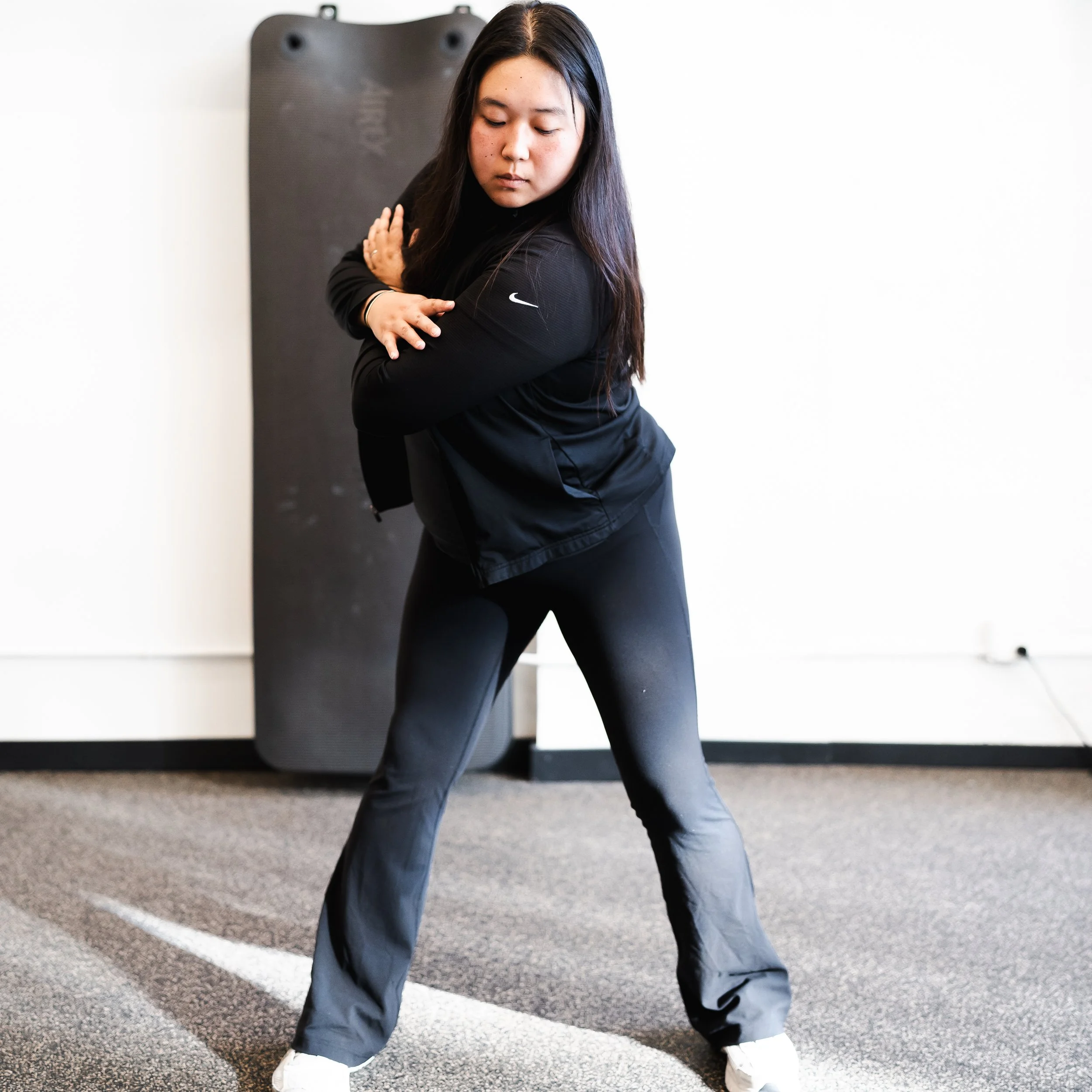

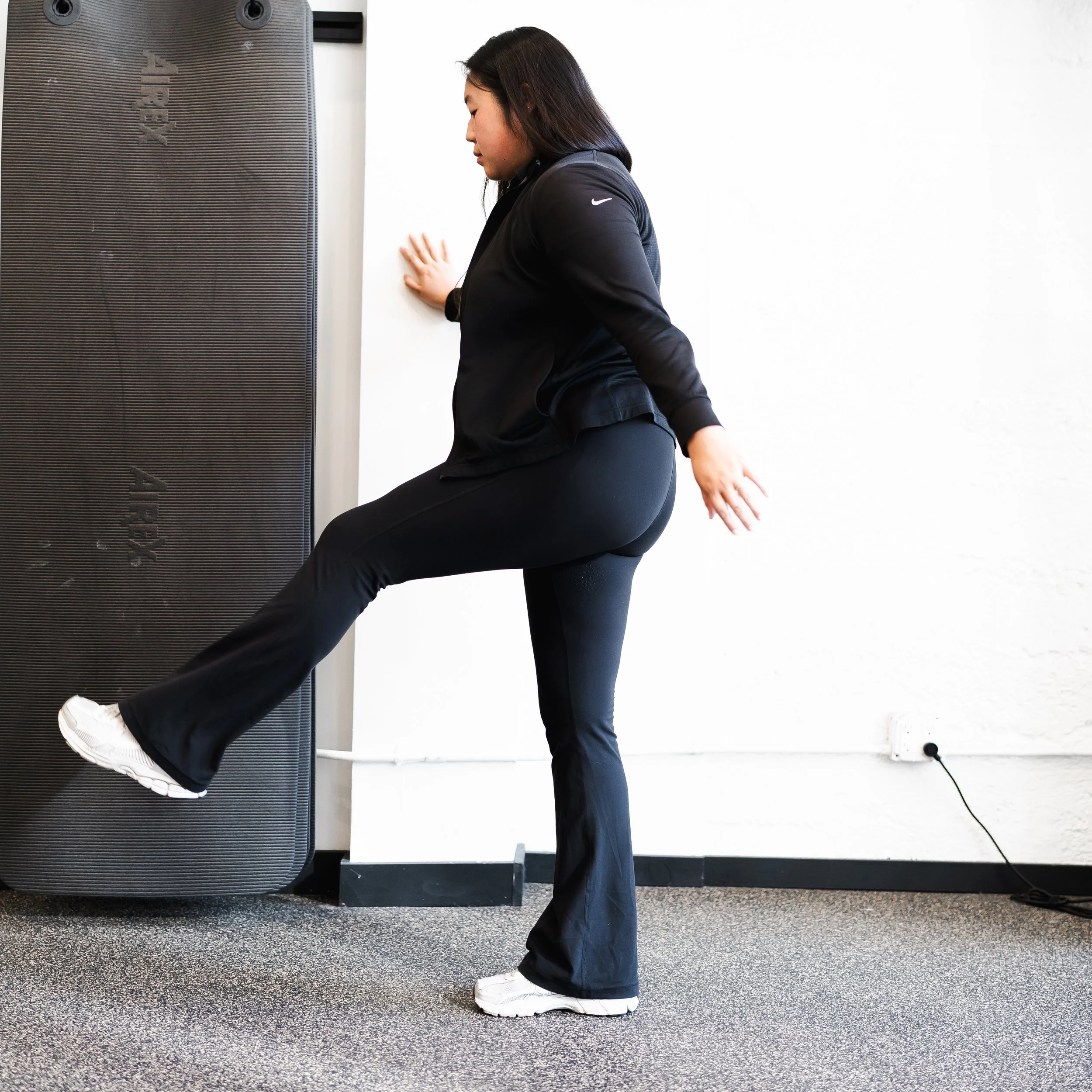

2. Targeted Stretching for Key Muscle Groups
Stretching after golf helps relieve tension in the muscles most affected by your swing.
Shoulder Stretch: Bring one arm across your chest and hold with your other hand.
Hold for 20-30 seconds on each side.
Hip Flexor Stretch:
Kneel on one knee, with your other foot in front.
Push your hips forward gently, feeling a stretch in the front of your hip.
Hold for 20-30 seconds on each side.
Low Back Stretch: Lie on your back, pull both knees toward your chest, and gently rock side to side.
Forearm Stretch:
Extend one arm forward with your palm facing up.
Use your other hand to gently pull your fingers back.
Switch sides.
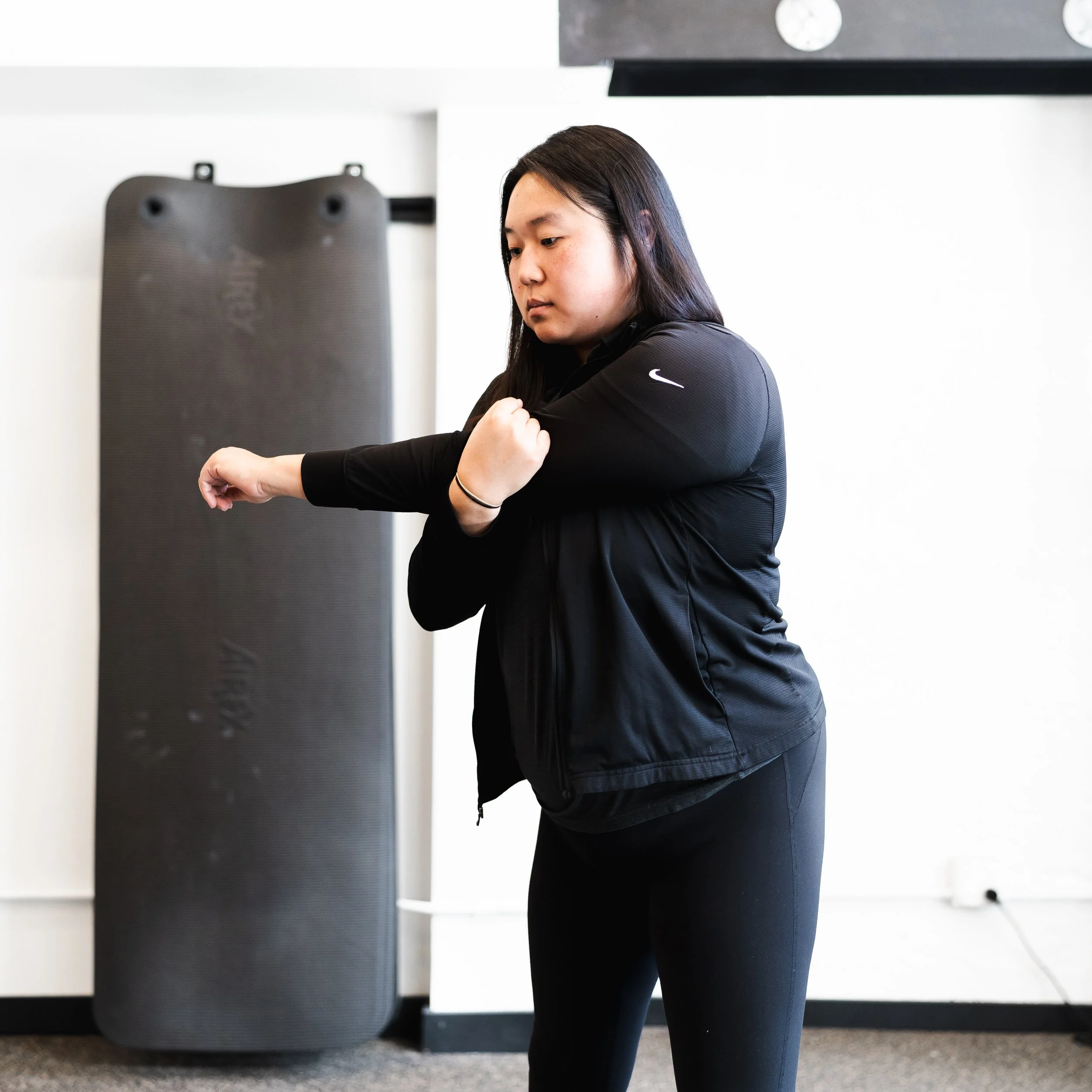
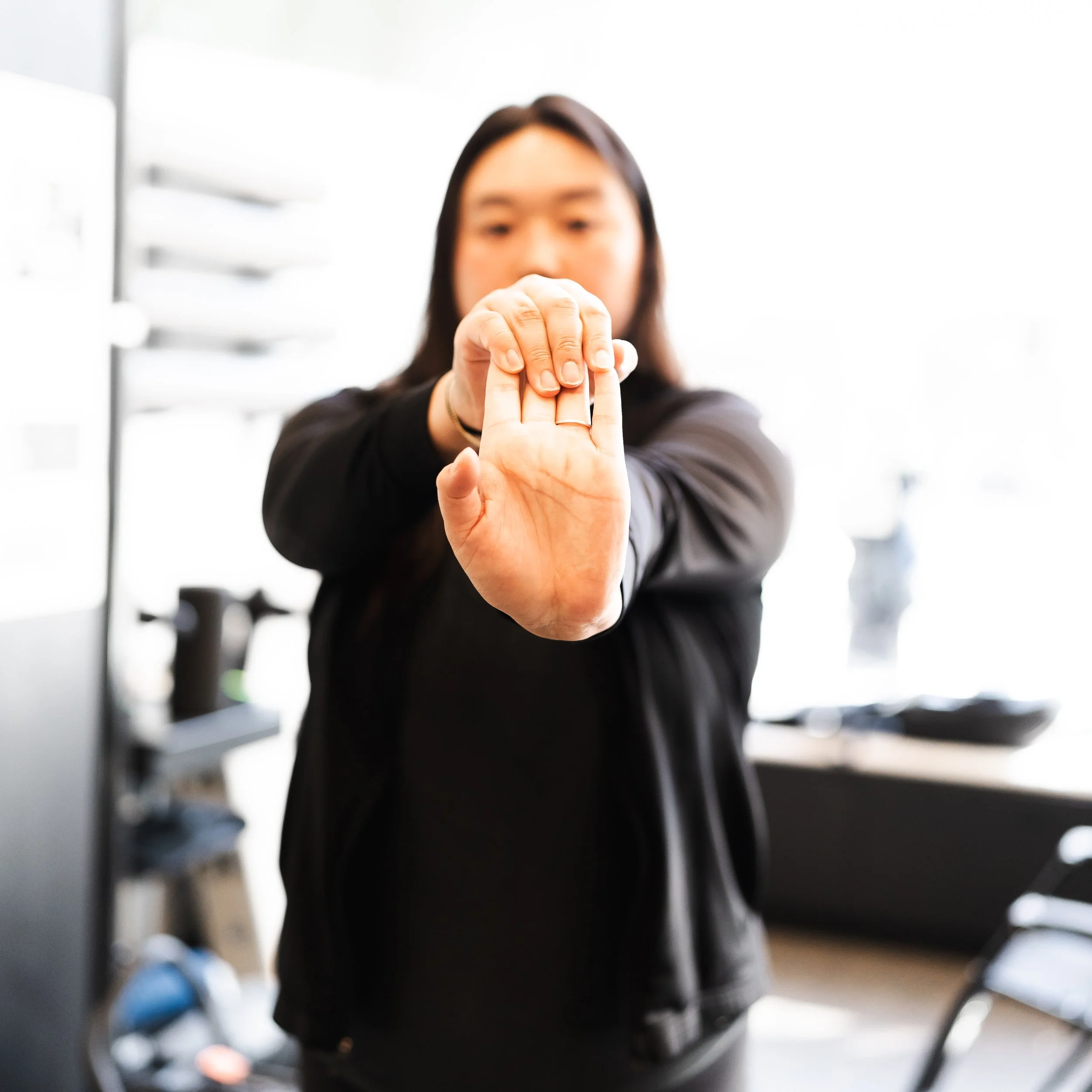
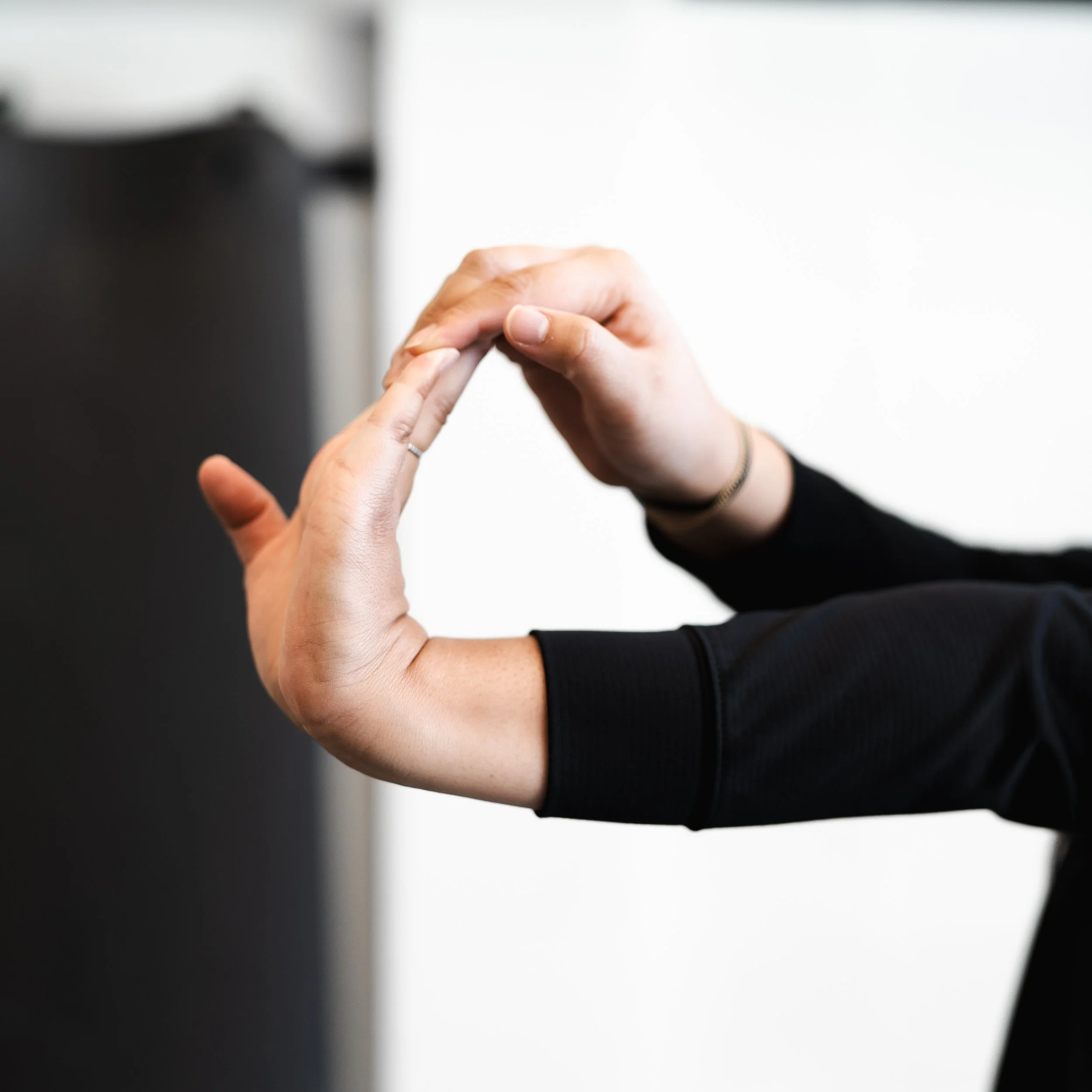
3. Rehydrate and Replenish Electrolytes
Hydration is often overlooked, but it is essential for muscle recovery. Golf is often played in warm weather, which can lead to dehydration without you noticing.
Drink Water: Aim for at least 16-24 oz of water immediately after playing.
Include Electrolytes: Consider a sports drink or coconut water for natural electrolytes.
Eat a Balanced Snack: A mix of protein and carbohydrates (like a Greek yogurt with fruit) helps muscle repair.
4. Use a Foam Roller for Myofascial Release
Foam rolling helps release tight muscles and improve blood flow, speeding up recovery. Focus on areas most affected by your swing:
Upper Back and Shoulders: Lie on the foam roller and roll gently back and forth.
Lower Back (Gently): Avoid direct pressure on the spine—focus on the muscles beside it.
Hips and Glutes: Sit on the foam roller and cross one leg over the other, leaning into the side of your glute.
Forearms: Place your forearm on the roller and gently roll from wrist to elbow.
5. Gentle Yoga or Stretching Session
A 15-20 minute gentle yoga session can work wonders for your recovery. Focus on poses that relieve tension in the hips, lower back, shoulders, and forearms.
Child's Pose: Stretch your lower back and shoulders.
Cat-Cow Stretch: Improve spinal mobility.
Pigeon Pose: Deep stretch for the hips.
Downward Dog: Stretch your calves, hamstrings, and shoulders.
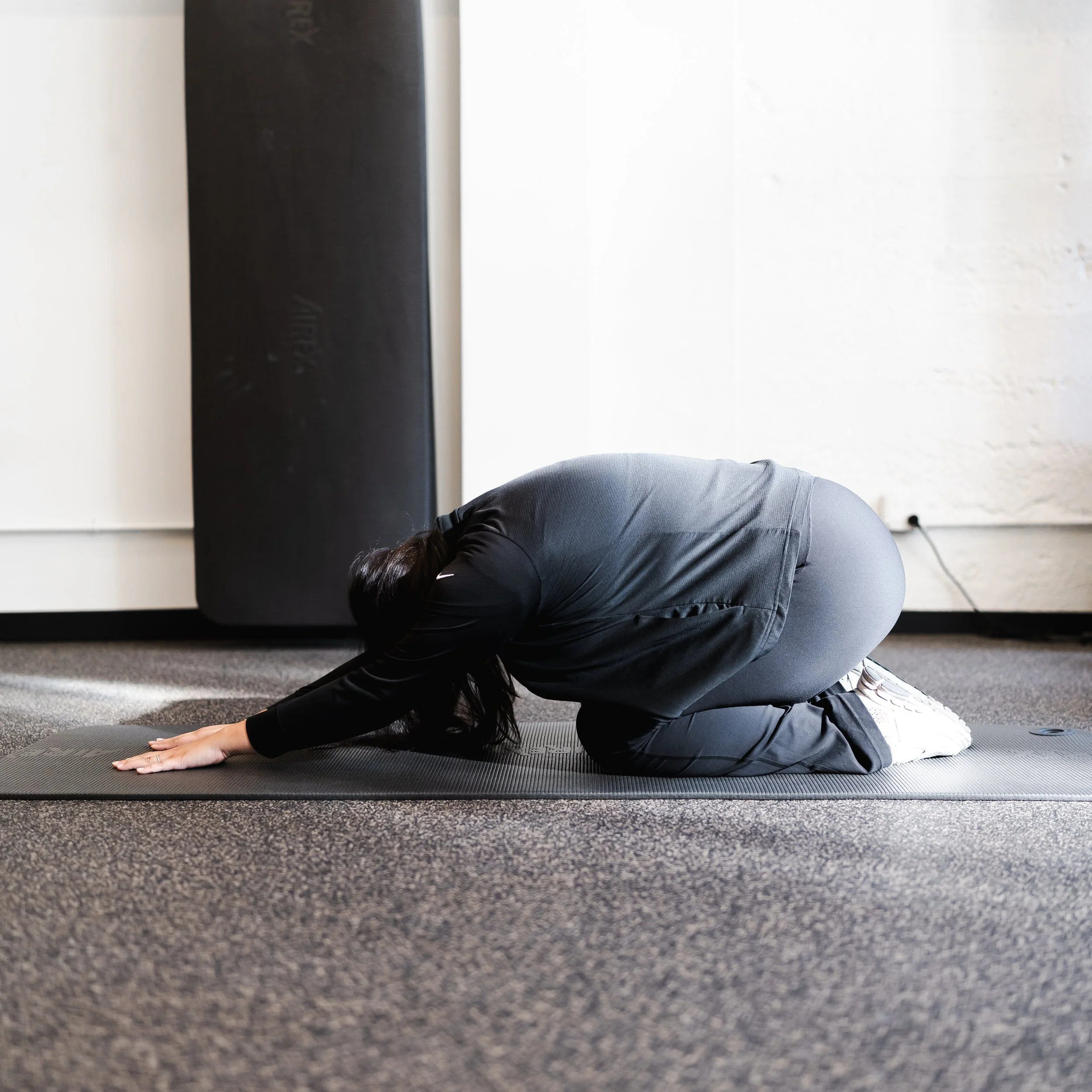
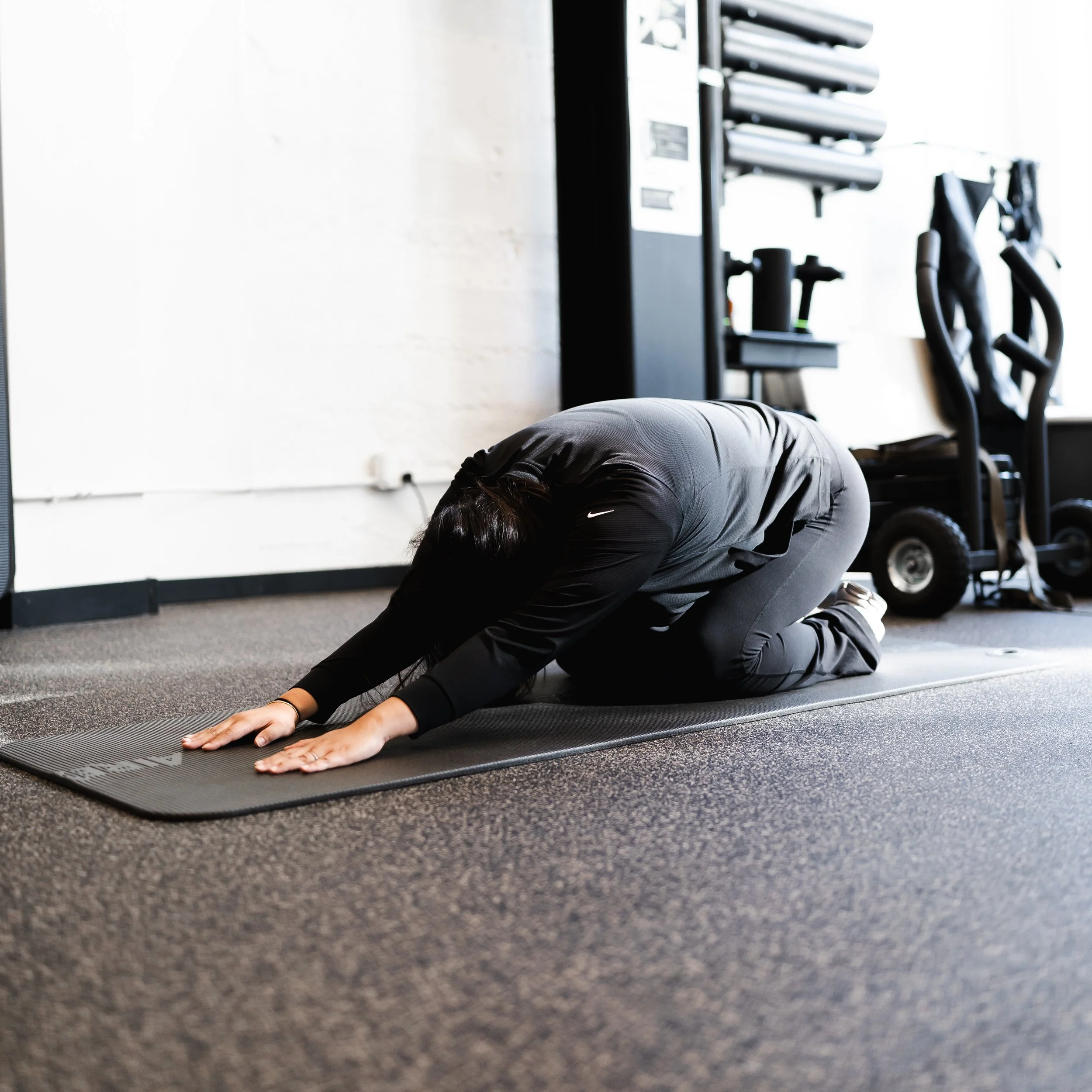
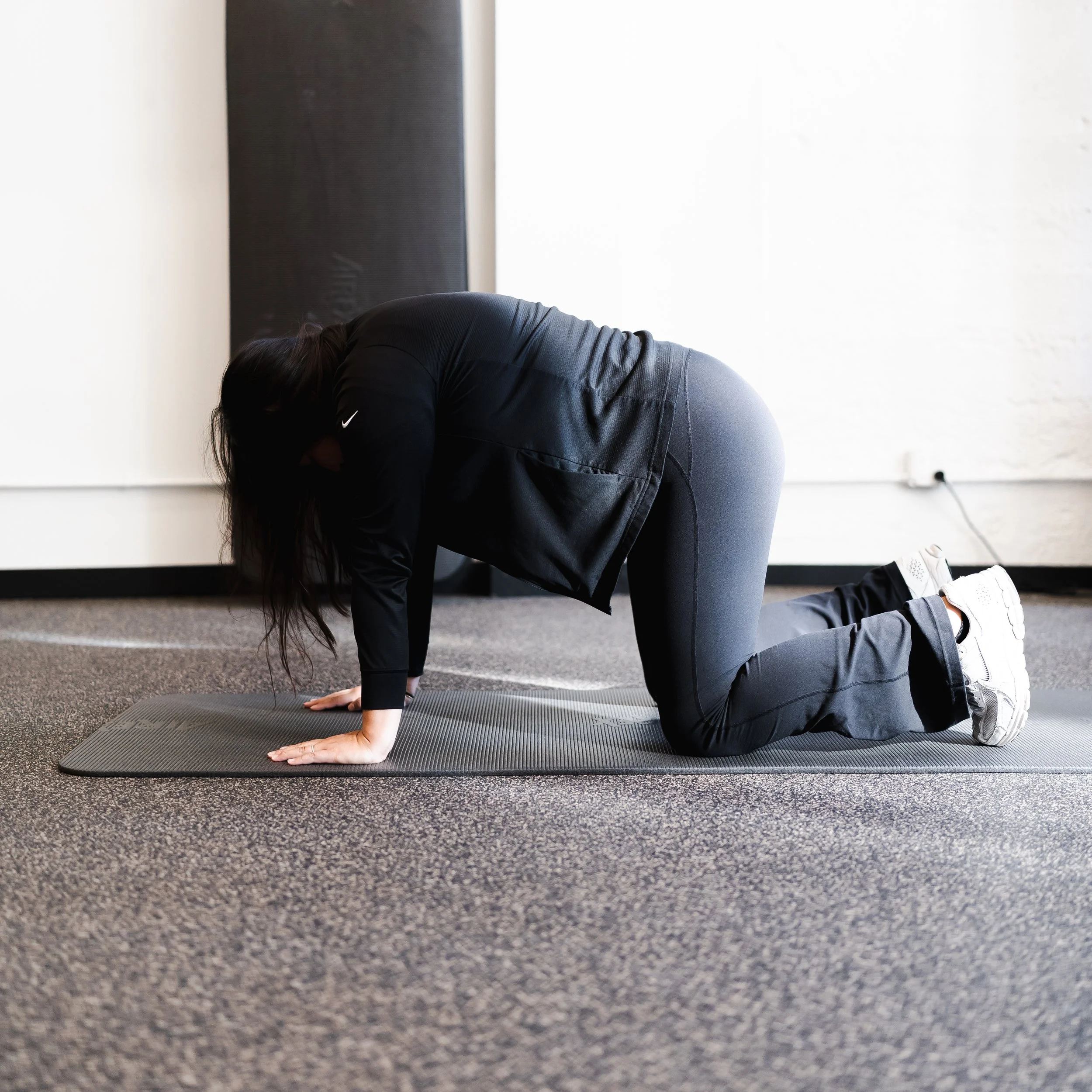
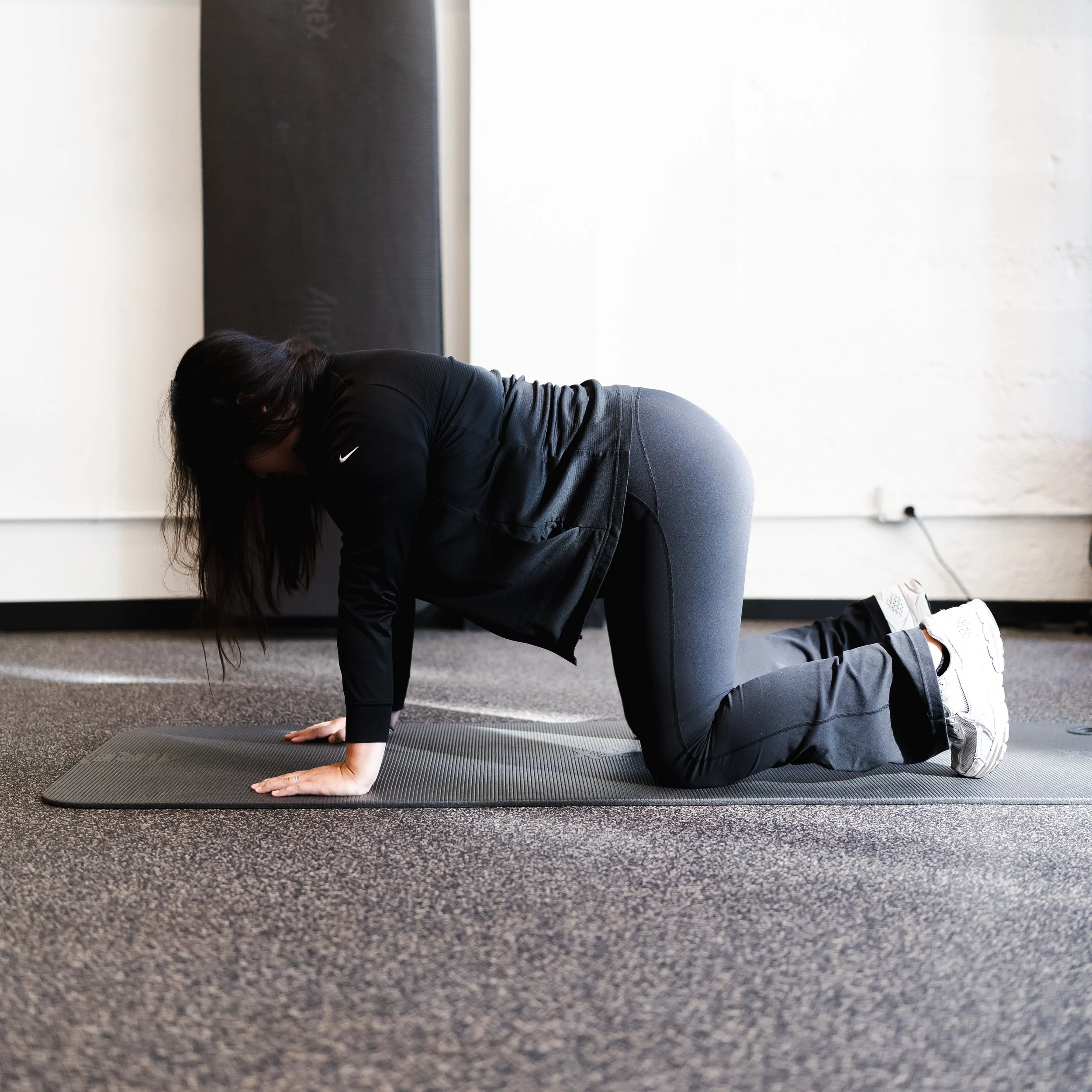
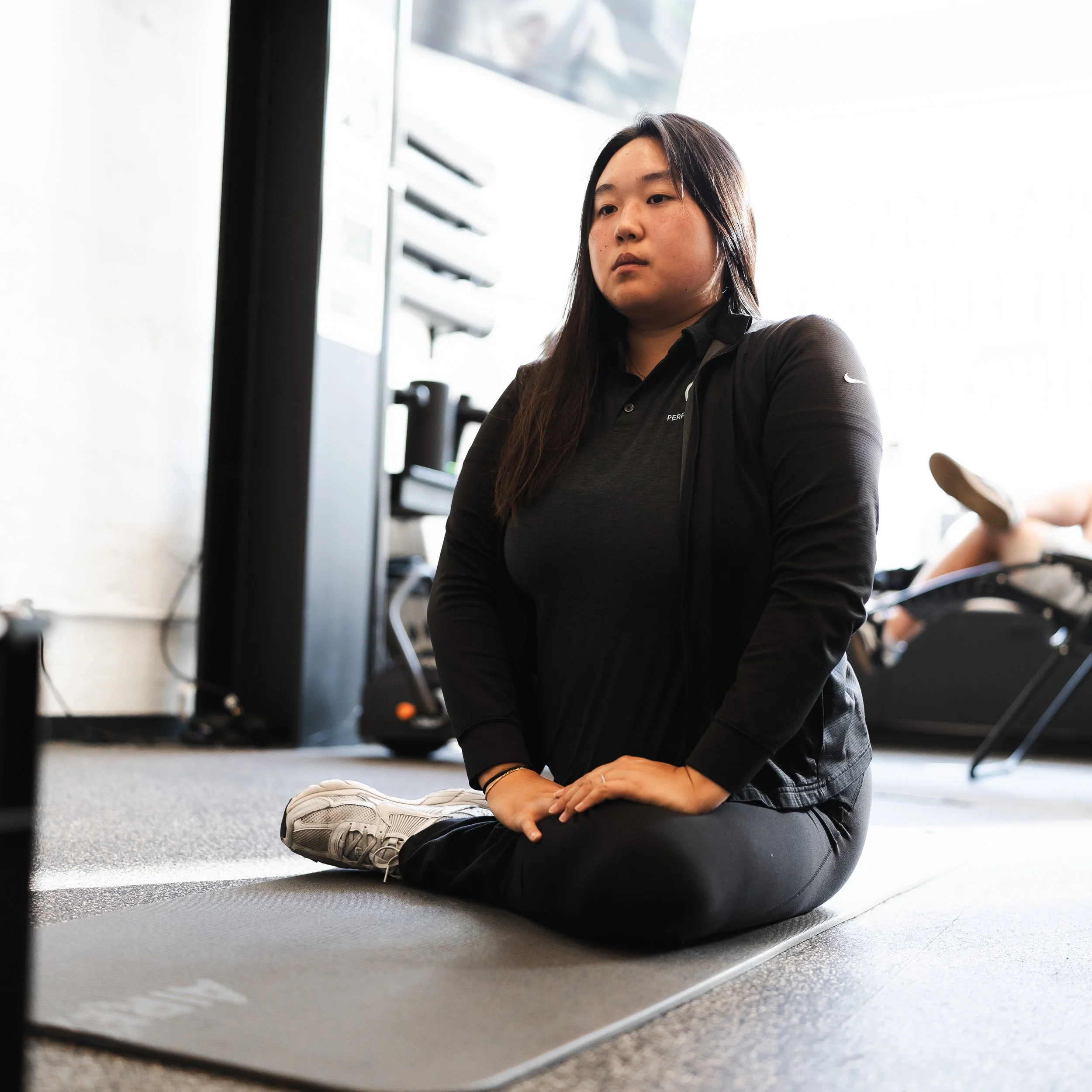
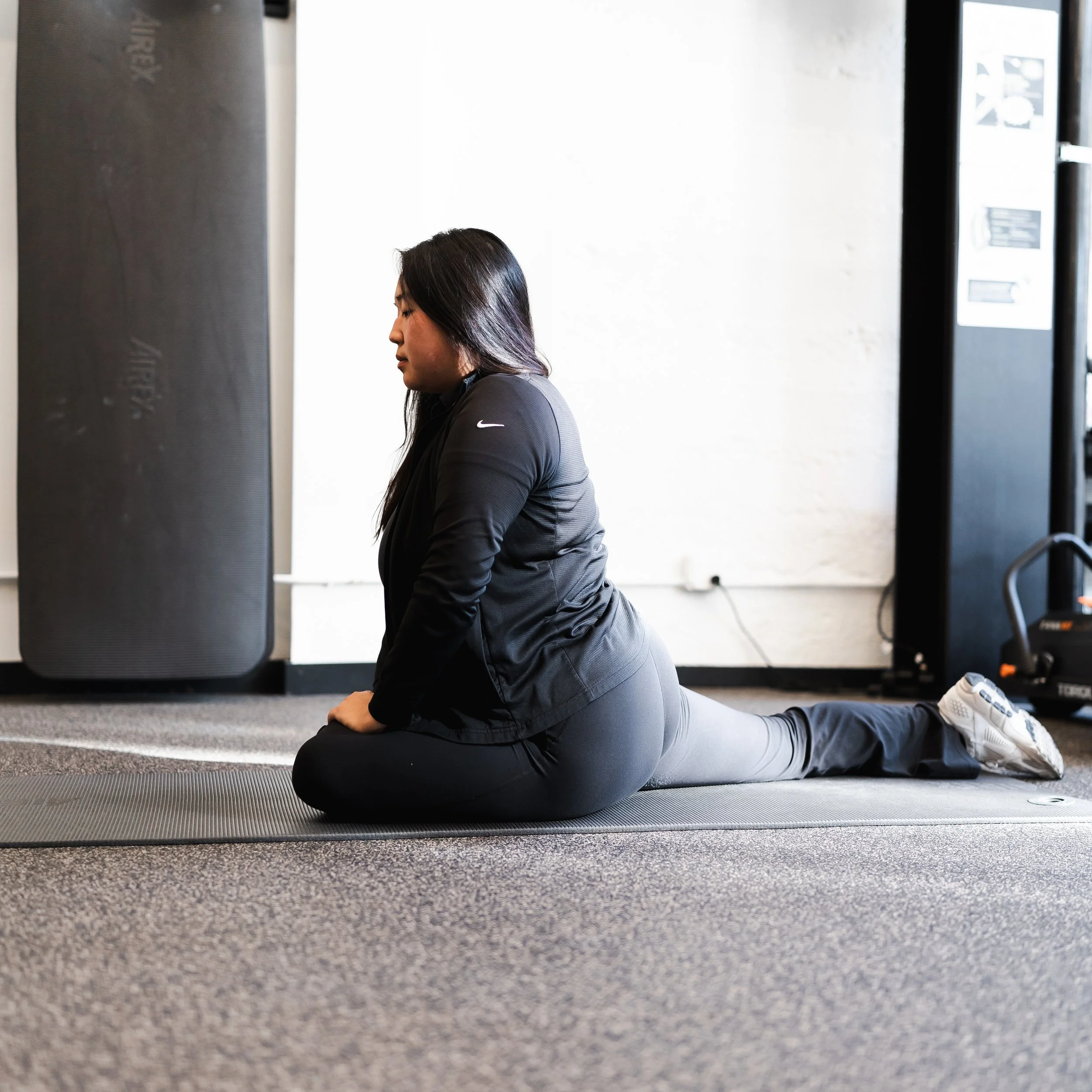
6. Apply Ice or Heat for Sore Muscles
Depending on how your body feels after playing, you can use ice or heat to reduce soreness.
Ice for Inflammation: Use an ice pack on sore areas for 15-20 minutes if you feel swelling or sharp pain.
Heat for Muscle Relaxation: Use a warm compress or a warm bath for muscle tightness or stiffness.
7. Elevate Your Legs if You Walked the Course
If you walked the course, your legs may feel tired and swollen. Elevating them for 15-20 minutes can help reduce swelling and improve circulation.
Lie on your back and prop your legs on a wall or a stack of pillows.
8. Prioritize Quality Sleep
Sleep is the most powerful recovery tool. During sleep, your body repairs muscle fibers, replenishes energy, and reduces inflammation.
Aim for 7-8 hours of quality sleep.
Keep your sleep environment cool, dark, and quiet.
Avoid alcohol and caffeine close to bedtime, as they can disrupt sleep quality.
Advanced Recovery Techniques for Serious Golfers
If you take your golf performance seriously, you may want to add these advanced recovery methods:
Massage Therapy
A professional massage can help release deep muscle tension and improve blood flow. Focus on areas heavily used in your swing, like the shoulders, back, hips, and forearms.
Compression Garments
Wearing compression sleeves or socks after a game can help reduce muscle soreness by improving circulation.
Contrast Therapy (Hot-Cold Showers)
Alternate between warm and cold water in the shower to boost blood circulation and reduce muscle inflammation.
Active Recovery Day
Instead of complete rest, engage in light activity the day after playing golf. Consider a gentle walk, a light swim, or a yoga session to keep your muscles active without strain.
Common Post-Golf Recovery Mistakes to Avoid
Skipping Recovery Entirely: Muscle soreness may seem minor, but ignoring it can lead to stiffness and poor performance.
Over-Stretching Cold Muscles: Stretching is important, but do it after your body is warm or after your game.
Ignoring Hydration: Even mild dehydration can increase muscle soreness.
Lack of Sleep: Your body needs sleep to repair and rebuild muscle tissue.






